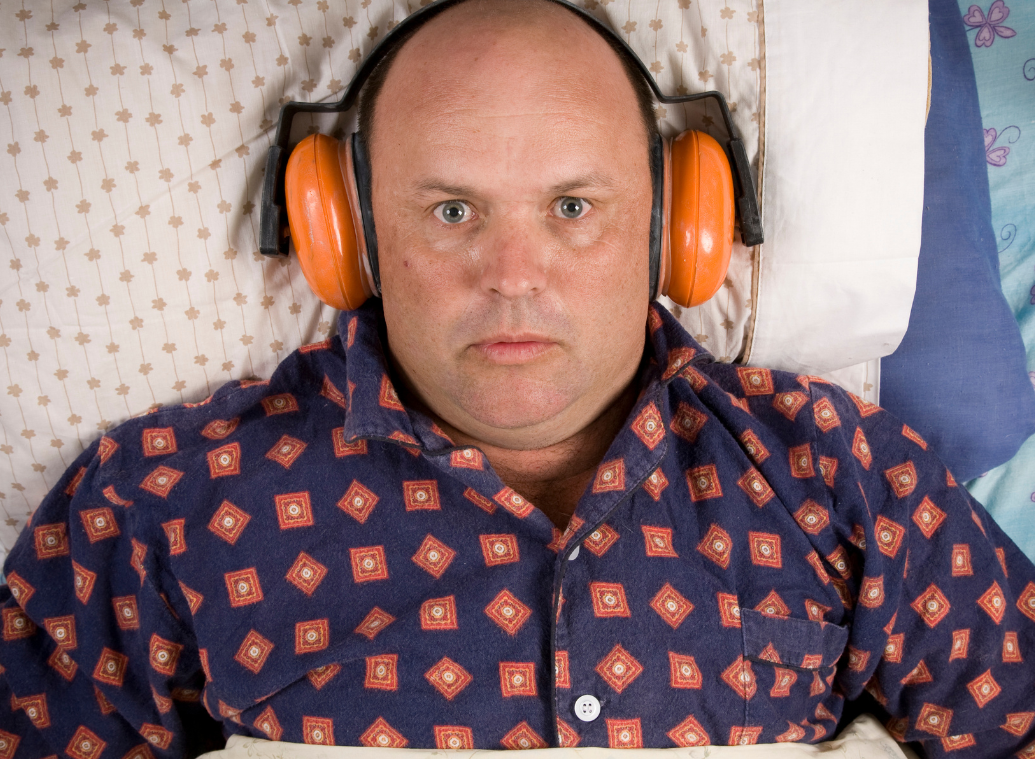- Home
- Forums
- General forums
- Symptoms and complications of cerebrovascular accident (stroke)
- Stroke vs. Aneurysm: what is the difference?
Stroke vs. Aneurysm: what is the difference?
- 93 views
- 1 support
- 3 comments
All comments
![]()
stevejh23
![]()
stevejh23
Last activity on 24/10/2025 at 23:52
Joined in 2015
6 comments posted | 1 in the Symptoms and complications of cerebrovascular accident (stroke) group
1 of their responses was helpful to members
Rewards
-
Committed
-
Explorer
Aneurysms are not just diseased arteries.They occur in young people and are responsible for sudden collapses. There have been famous people dying from a burst aneurysm at really quite young ages. They have no predisposing symptoms but, fortunately, they are rare.

Jontt44
Good advisor
![]()
Jontt44
Last activity on 08/01/2025 at 11:07
Joined in 2015
53 comments posted | 1 in the Symptoms and complications of cerebrovascular accident (stroke) group
Rewards
-
Good Advisor
-
Contributor
-
Committed
-
Explorer
-
Evaluator
-
Friend
I at present have a Aortic aneurysm of progressive nature and no treatment is deemed suitable as am now too poorly to even exercise according to Physiotherapist who was treating me but stopped after 12 sessions as of no further help she explained to me. I was seeing a Professor, but has now stopped as I cannot undergo open heart surgery now as too poorly and will just see a final Cardiologist for final time. As no treatment possibl. Furthermore likely to be diagnosed as Epilectic of some description or other, likely serious.
See the signature
Terencjtt
![]()
Jess.t
![]()
Jess.t
Last activity on 05/02/2025 at 09:15
Joined in 2019
4 comments posted | 3 in the Symptoms and complications of cerebrovascular accident (stroke) group
1 of their responses was helpful to members
Rewards
-
Explorer
The difference between aneurysm rupture and stroke none they can both kill you disable you and ruin you life
stroke:- ischemic stroke is where a clot of blood blocks an artery and that causes problems by not letting the blood flow through which kills parts of the brain
Ruptured aneurysm:- hemmoraghic stroke where an aneurysm in the artery bursts and blood goes all over the brain killing parts off
Aneurysm very rarely causes any symtoms until it ruptures
I had two one ruptured I was in hospital a month
I was 23 when mine ruptured
Give your opinion
Survey
Articles to discover...
Subscribe
You wish to be notified of new comments
Your subscription has been taken into account








Margarita_k
Good advisor
Margarita_k
Last activity on 07/10/2020 at 11:39
Joined in 2016
1,195 comments posted | 4 in the Symptoms and complications of cerebrovascular accident (stroke) group
2 of their responses were helpful to members
Rewards
Good Advisor
Contributor
Messenger
Committed
Explorer
Evaluator
Stroke is a life-threatening medical emergency that affects the brain. Aneurysm may be confused with stroke because an aneurysm in the brain can lead to a stroke.
Both conditions are the result of diseased blood vessel walls. Some risk factors and symptoms are shared, but there are key differences.
What is a stroke?
A stroke is a medical emergency. Blood supply to part of the brain is suddenly cut off, starving part of the brain of oxygen and nutrients. This can cause the death of brain tissue. The most common type of stroke is loss of blood to part of the brain because an artery has become blocked. This is called ischemic stroke. The other, rarer type of stroke is hemorrhagic stroke, when a blood vessel in the brain bleeds.
An artery in the brain may burst and bleed because the walls of the blood vessel become weak. An aneurysm is one cause of a weakened brain artery. It is a cause of the bleed in a subarachnoid hemorrhage type of stroke, which is less common than other types. This type of bleed happens over the surface of the brain, into the fluid-filled space between the brain and the underside of the skull bone.
What is an aneurysm?
An aneurysm is a bulge in an artery. Because of a weakness in an artery wall, it "balloons." This makes the artery open to further weakening, and it could burst. Aneurysms can affect any blood vessel. The most important aneurysms affect the biggest artery leaving the heart and the arteries in the brain.
Burst aneurysms are dangerous
When a brain aneurysm bursts, there is a brain bleed known as a subarachnoid hemorrhage. This medical emergency needs urgent treatment. The chances of survival are worse when treatment is delayed.
The National Institute of Neurological Disorders and Stroke say that about 40 percent of people who have a burst brain aneurysm die within the first 24 hours. A quarter will die within 6 months. Survival depends on a number of factors, including age, general health, and how quickly medical care is received.
For people who do survive a burst brain aneurysm, the outlook remains serious. It increases the chances of another burst, and there are likely to be complications such as long-term brain damage and nervous disorders.
Symptoms of stroke or aneurysm
Most strokes are caused by a blocked artery, and produce symptoms such as:
- One side of the face dropping
- Inability to lift the arms
- Weakness or numbness in one arm
- Slurred speech or inability to talk
It is important to call for an ambulance when a stroke is suspected.
Other stroke symptoms may include:
- Complete paralysis of the body along one side
- Sudden vision disturbance
- Dizziness
- Confusion or difficulty understanding other people
- Loss of balance or coordination
- Difficulty swallowing
Aneurysms that have not burst do not tend to produce symptoms. Symptoms are likely to appear only if the size of the bulge is large. Such an aneurysm has a high risk of bursting.
Anyone already diagnosed with a brain aneurysm who develops symptoms should go to a doctor as soon as possible. They may be able to get treatment can prevent a burst.
An intact brain aneurysm may produce symptoms such as:
- Vision problems
- Pain above or around the eye
- Weakness or numbness of the face
- Headaches
- Loss of balance
- Speaking difficulties
- Problems with thinking
A burst aneurysm in the brain usually causes:
- Extreme headache
- Vomiting
- Collapse, seizure, or coma
Differences between aneurysm and stroke symptoms
Aneurysms that have not burst do not generally create symptoms. Instead, this article will look at the difference between symptoms of a burst aneurysm and a common stroke.
Sudden headache is the main feature that distinguishes a burst aneurysm from a common stroke caused by a blood clot.
Usually within seconds of a brain aneurysm bursting, there is a headache that is as severe as could be imagined.
Other signs and symptoms may differ between a burst aneurysm and common stroke. Sudden extreme headache is the one that is noticeably different, however.
Risk factors and prevention
Two risk factors raise the risk of both stroke and aneurysm: smoking and high blood pressure. Age is also a risk factor for both. Older people are more likely to have an aneurysm or stroke than younger people.
Smoking is dangerous for anyone who has an intact aneurysm since it raises the risk of it bursting.
Stroke risk factors and prevention
A number of risk factors are well-established to lie behind stroke. The biggest preventable risk factors are:
- Smoking or other tobacco use
- Lack of physical activity
- Poor diet
- Obesity
Other risk factors are not preventable, including genetics, such as a family history of heart disease or stroke.
Some factors are partly avoidable or manageable, including high cholesterol, high blood pressure, and diabetes.
Aneurysm risk factors and prevention
The two main risk factors that increase the chances of a brain aneurysm are smoking and high blood pressure. These also raise the risk of an aneurysm bursting.
Having both risk factors together also adds to the risk by a greater amount than simply adding together the two individual factors. Prevention therefore means not starting smoking, or stopping it, and controlling blood pressure.
Other risk factors that are not preventable are:
- Family history and other genetic factors
- Age
Genetic risk can interact with other factors for aneurysm. This means that smoking can be even more risky for some people than for others.
One way to prevent an aneurysm forming is to take regular exercise, which also has wider health benefits.
Treatment of stroke and aneurysm
The treatment options for stroke and aneurysm are quite different.
- Stroke
The treatment of a stroke depends on the type of stroke. A subarachnoid hemorrhage has the same treatment of a stroke caused by a burst brain aneurysm, as outlined further below. Most strokes are ischemic. The other kind is hemorrhagic. Treatment broadly divides between these two types of stroke.
Ischemic strokes - when an artery is blocked and blood supply to part of the brain is cut off - are treated with:
- Some drugs to dissolve clots and others to prevent further clotting
- Other agents such as blood thinners, drugs to lower blood pressure, and statins against cholesterol
- Surgery, if there is severe narrowing of the main supply vessel to the brain
Survivors of a stroke may also undergo a program of stroke rehabilitation.
Treatment of a subarachnoid hemorrhage after a burst brain aneurysm is covered below.
- Intact brain aneurysms
A brain aneurysm that has not yet burst can be treated if it is a high-risk one. Smaller aneurysms that present a lower risk will be left alone, because the risk of the brain surgery itself is not worth taking.
Surgery to prevent the rupture of high-risk brain aneurysms is designed to prevent blood flowing into them. Two different operations are available:
- Neurosurgical clipping involves the surgeon finding the aneurysm in the brain and applying a small metal clip. The clip is usually placed directly across the bulging part of the artery.
- For endovascular coiling, the brain is reached with a catheter rather than through an opening in the skull. This is inserted at the groin or leg and travels up to the brain in an artery. Coils made of platinum are placed in the aneurysm to prevent blood from entering.
- Burst brain aneurysms
If a brain aneurysm has burst, emergency treatment is needed. Patients are usually sent to a specialist neurology center.
Emergency treatment of a subarachnoid hemorrhage because of burst brain aneurysm means:
- Starting the drug nimodipine as soon as possible to reduce the risk of losing blood supply to part of the brain. This improves the chances of a better outcome.
- A clipping or coiling operation as described above is done to close the aneurysm or prevent blood pushing into it.
Source: Medical News Today